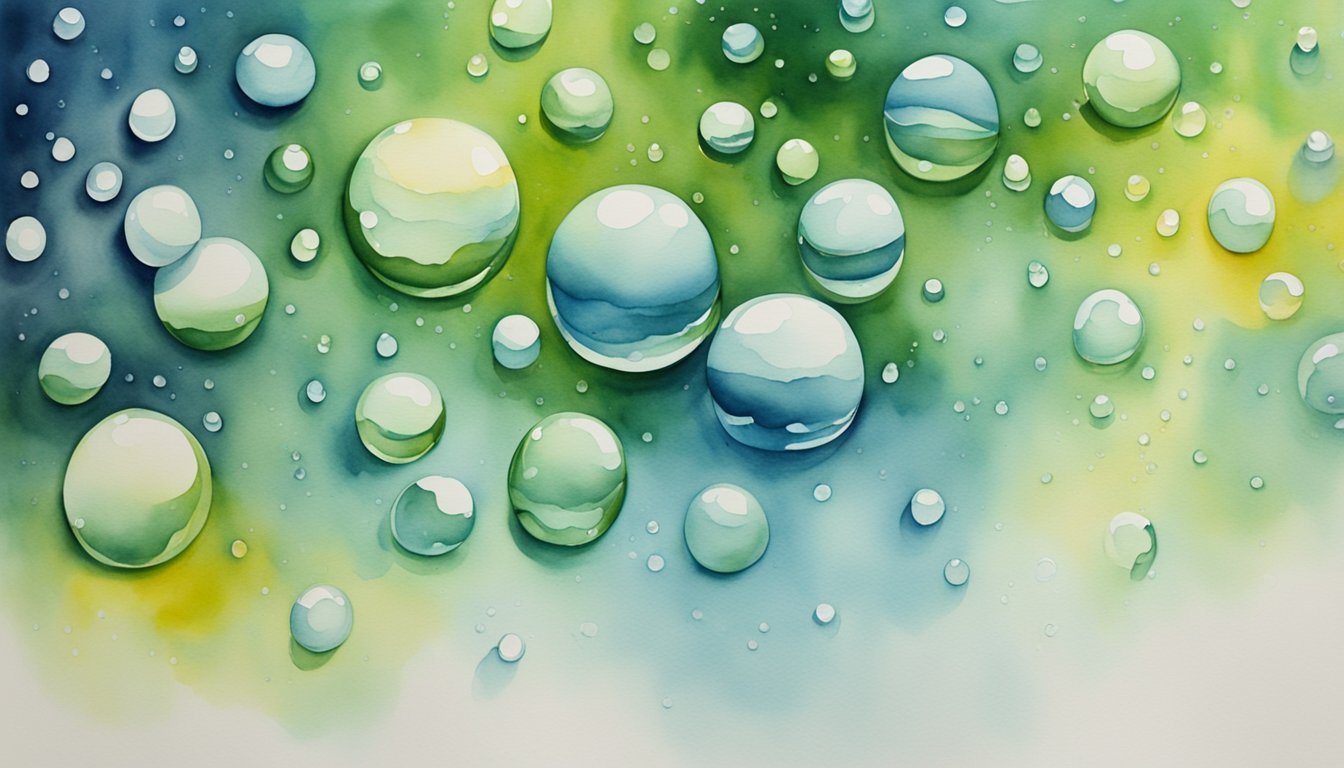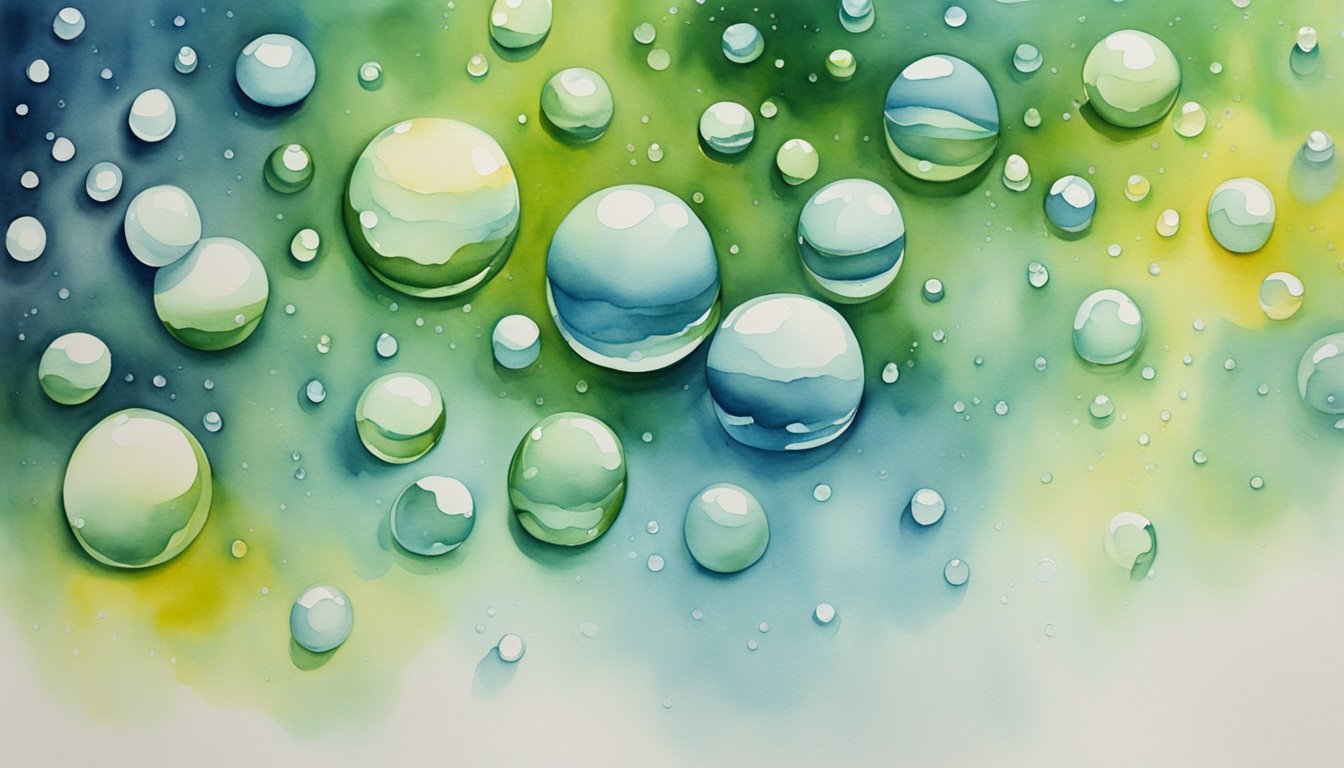Understanding Skin Wrinkling in Water
When fingers are submerged in water for a while, one might notice the skin becoming wrinkly or pruney. This phenomenon is not just peculiar but also quite fascinating, with underlying biological reasons worth exploring.
Skin is an adaptive organ, and when the epidermis (the outermost layer of skin) encounters water, especially during a bath or swimming, a reaction occurs. This reaction is primarily defensive. The skin’s exposure to moisture can lead to hydration or dehydration, depending on the balance of natural oils, which are washed away, leading to dry skin at times. However, the pruning of fingers is a bit more complex.
It’s a process believed to be controlled by the nervous system. When fingers and toes are soaked in water, the body responds by shrinking blood vessels beneath the skin. This causes swelling in the vasoconstricted area, and the surface area of the glabrous skin, which doesn’t have hair, reduces. These changes result in the familiar wrinkling. An article on ScienceDirect discusses mechanical models to understand the effect of this wrinkling.
Wrinkly fingers are not purely cosmetic. A paper available through Springer suggests that the wrinkling improves grip performance in wet conditions, indicating this might be an evolutionary adaptation.
It’s important to note, however, that if one’s skin remains wrinkled without water exposure, it might point to an underlying health condition. Excessive dryness, skin problems like eczema, itching, or an inflammation can lead to wrinkles. In such cases, using lotion or mild soap and seeking medical advice is advisable. Itching and the need for lotions, as well as conditions like eczema, are detailed further in an entry found at a University of Texas repository.
Remember, these physical changes, whether due to osmosis or damage response, are a testament to the skin’s remarkable ability to respond to its environment and maintain health.
Physiological Mechanisms Behind Water-Induced Wrinkles

When fingers are submerged in water for a while, they often emerge with a wrinkly appearance. This transformation is not just a superficial change, but rather the result of complex physiological processes involving the nervous system and its response to water.
Role of the Nervous System
It turns out these pruney fingers are not just about water absorption; the nervous system plays a crucial role. Specifically, the autonomic nervous system—responsible for controlling involuntary body functions—triggers the wrinkling process. Research suggests that the sympathetic nervous system, which is part of the autonomic nervous system, initiates the response to prolonged wetness. This wrinkling phenomenon acts somewhat like the body’s rain treads, improving the capability to grip objects underwater or in wet conditions. It’s similar to how car tires get better traction in the rain thanks to their treads.
For a deeper dive into the nervous system’s involvement including the influence of factors like age and BMI, you can read more about the modulatory influences on skin wrinkling.
Evolutionary Perspectives on Wrinkled Fingers and Toes
But why do our fingers and toes wrinkle, and what’s the advantage? Some scientists, like neuroscientist Mark Changizi, suggest that wrinkles function like the treads on tires, creating channels that allow water to drain away and enable better handling of wet objects. This gripping advantage might have been beneficial for our ancestors, providing an evolutionary edge in wet environments.
Tom Smulders from Newcastle University has also conducted studies indicating that these wrinkly fingertips might indeed provide a better grip in wet conditions, likening them to the soles of wet weather tires, which enhance traction.
People suffering from certain conditions like Raynaud’s disease, where blood volume changes in the fingers can be abrupt, may not experience this physiological reaction, highlighting its dependence on a healthy autonomic and sympathetic nervous system. This gives a glimpse into how essential our body’s autonomic responses are in reacting to everyday environmental changes.
For additional facts on how evolution might have favored wrinkled fingers and toes, check out the work on the role of the nervous system in water-induced skin wrinkling.
Real-World Applications and Health Considerations

When fingers and toes wrinkle after being soaked in water, it’s not just a curious party trick—it serves a purpose and can be telling of one’s health. Understanding this reaction has implications for both daily activities and health insight.
Implications for Daily Activities
In practical terms, the wrinkling of fingertips leads to improved grip on wet or submerged objects. This makes tasks like fishing weights out of water or picking up slippery items in the bath easier. However, when it comes to dry objects, wrinkles may not offer any advantage. The evolutionary aspect is fascinating; the phenomenon might be likened to the treads on tires, allowing better traction in wet conditions. It’s an ingenious natural adaptation that could be likened to when the Japanese macaque monkey handles objects in freshwater.
Identifying Underlying Health Issues
Prolonged exposure to water typically causes wrinkling, which is harmless. However, if someone notices their skin doesn’t wrinkle after a swim in the swimming pool, it could indicate underlying health issues relating to nerve damage or dehydration, which can manifest as fatigue or headaches. In contrast, too frequent and unexplained wrinkling could signal skin conditions or more serious health concerns like diabetes, lupus, or lymphedema. It’s essential for individuals to pay attention to their body’s reactions, as even something as seemingly benign as fingertip changes can be a window into overall health—a marvel of the body’s communicative powers.

